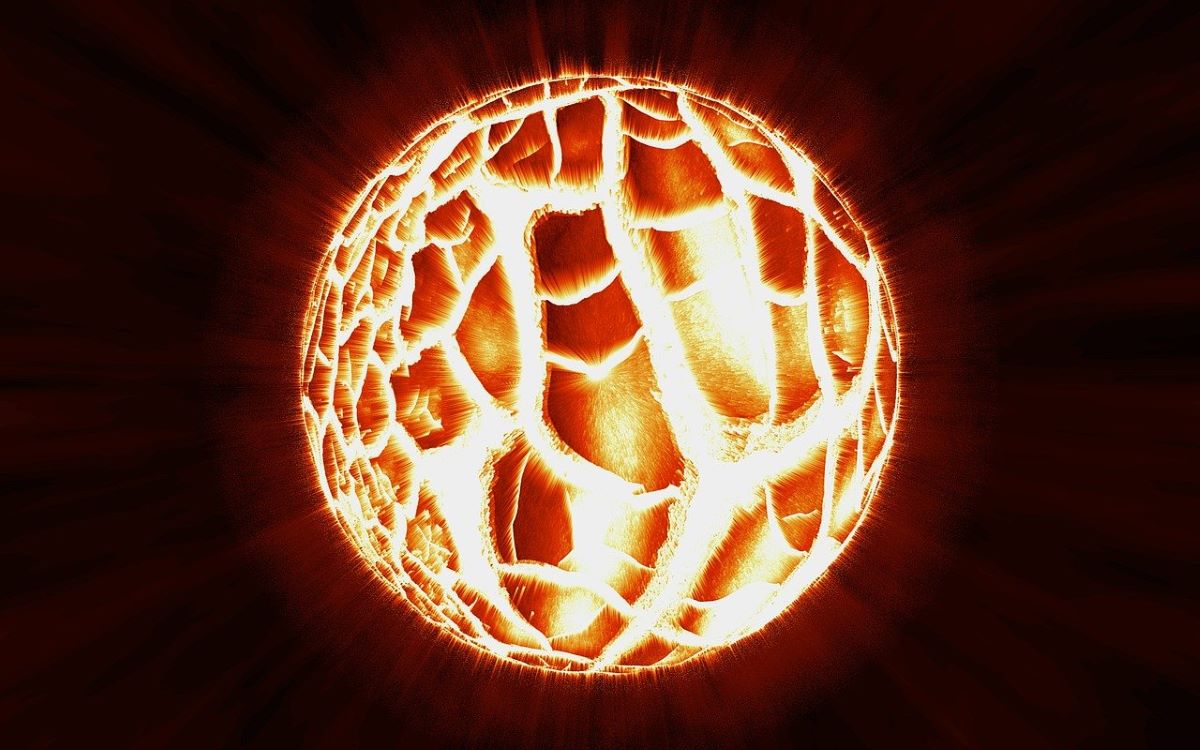Introduction (life cycle of a star)
Hello, friend and space enthusiast this is my first article and, in this article, I am going to explain the extraordinary journey of the life cycle of a star. Stars have always fascinated humankind it’s been the topic of discussion in countless books, poems, and nursery rhymes, a star is a luminous sphere of gas mostly containing hydrogen and helium, held together by gravity creating an intense nuclear fusion reaction and releasing a huge amount of energy in the process.
Importance of understanding the life cycle of a star:
Understanding the life cycle of a star helps us to gain valuable information regarding the nature of a star and the universe its origin and its future. It also gives us insight into understanding the potential of life in the universe.
Every star begins its journey at the depth of a stellar nebula, nebula generally consist of clouds of gas and dust scattered throughout the galaxy, these nebule consist of the key ingredients like hydrogen and helium necessary for the birth of a star, these nebule collapse under the force of gravity creating the beginning of a new star

Formation of a star:- Can be categorized into two basic parts
1) A baby star
2) The main phase sequence of a star
A baby star- The baby star or a protostar is the initial stage of the formation of a star, where the gravitational forces cause the gas and dust to collapse under its own weight. As the dust and gases continue to collapse, the core becomes hotter and denser causing a nuclear fusion reaction and the birth of a baby star, however, during this phase, the object cannot be considered as a true star.

The main sequence phase of a star- During the main sequence phase the stars attain a stable nuclear fusion reaction and a delicate balance is established between inward gravitational pull and outward pressure generated by the nuclear fusion reaction, which gives ideal conditions for hydrogen atoms to fuse together into a helium atom, releasing an immense amount of energy, thus one can say that main phase sequence is the longest phase in the star’s life cycle.
The stellar evolution can be further classified as:-
1) Low-mass star
2) High-mass star
1) Low-mass star- A low-mass star generally has more life as compared to a high-mass star, once these stars lose all the hydrogen in their core, the star expands and becomes a red giant. During this phase, the star becomes larger and cooler glowing with a reddish color. The red giant then sheds its outer layer, leaving behind a spectacular white dwarf (a very dense central core) this white dwarf will eventually cool down over a period of time forming a white dwarf, the ultimate fate of low mass star, shadowed by the passage of time.
1) High-mass star- The life span of the high-mass star is relatively less as compared to the low-mass star, once the high-mass star runs out of hydrogen it transforms into a red supergiant and explodes forming into a supernova (a very chaotic event in the entire galaxy and its light can outshine entire galaxy) leaving behind a neutron star or black hole.

Steller remnants and their impacts can be summarised into three basic key points:-
1) Importance of stellar remnants in the universe.
Steller remnants like black holes and neutron stars can give us unimaginable Insight into the workings of the laws of the universe, unlocking their secrets. These Steller remnants can provide us with an understanding of Steller evolution, gravitational wave generation, and element dissemination shaping the cosmos structure and dynamics.
2) Impacts of supernovas and neutron stars on surrounding environments.
Supernovas and neutron stars have a very immense impact on the surrounding environment, the burst of a supernova releases a huge amount of energy and heavy elements into the universe, which helps in enriching the inters teller matter, while neutron stars are an immense source of magnetic field and radiation, which influences the celestial bodies and potentially helps in the formation on planetary systems.
3) Contribution of stellar remnants to the synthesis of heavy elements.
Synthesis of heavy elements is one most crucial processes that take place in the universe, particularly supernova and neutron stars are the key contributors to the synthesis of heavy elements in the universe. During a supernova explosion, immense heat and pressure lead to the process known as nucleosynthesis which helps in the formation of the element heavier than iron (no star can fuse elements beyond iron, only supernova and hypernova can lead to the synthesis of elements beyond iron) like gold, platinum, and uranium. Neutron stars, through mergers or accretion, produce neutron-rich environments that facilitate rapid neutron capture (r-process), leading to the creation of even heavier elements like platinum and uranium. These processes play a vital role in enriching the cosmos with diverse elements essential for planet formation and life as we know it.

Very informative and knowledgeable. Got to know many things about stars.
I am glad you liked the article, stay tuned lots of knowledgeable. stuff coming soon, stay hungry stay foolish.
[…] color of a star is not static but evolves throughout its life cycle. This transformation is contingent upon the star’s initial mass and the phase of element […]
[…] than the sun, scientist believes that these supermassive black holes are formed by eating other stars or merging themselves with other black holes or it is also possible that these black holes were […]
[…] predict your future or tell you about your personality. It’s more concerned with how stars are born, how planets move, and why galaxies […]
[…] lens, we are privy to the symphony of solar flares and eruptive solar fury that decorate our nearest star. This captivating time-lapse offers a visual feast for astronomy enthusiasts and encapsulates the […]